Weekly birding round-up: 24 - 30 Jul
The mercury rose, and then rose some more this week, and with mounting temperatures across Britain came mounting hysteria in the media. Would our hottest temperature ever recorded be surpassed? It was all terribly exciting, apparently.
For genuine thrills, you could do worse this week than to pick up a pair of binoculars and head to a Scottish island or two. There were birds going on…
We’ll never know for certain if the Blue-cheeked Bee-eater seen this week on Lewis (Western Isles) a few miles west of Stornoway on the morning of 25th is one and the same as that seen for 10 minutes back on 23rd June at Achnahaird, west of Ullapool (Highland), but there’s got to be an outside chance that they might be. The latter bird flew off west and, if the two records relate to the same bird, one has to wonder where it’s been hanging out in the meantime.
What is more certain is that this week’s bird represents the first record of the species for the Western Isles. All we need now is for the bird to actually settle down someplace for longer than a few minutes, and allow more than the lucky finders to enjoy it.
They’re funny things, Aquatic Warblers - the numbers in the stats wouldn’t suggest a mega star billing as, after all, there are hundreds of them on the record books. There was a time, not so very long ago, when dozens would be routinely trapped at ringing sites on the English south coast. Back in the 1990s it was practically de rigueur to roll up at Marazion (Cornwall) on the way to or from the Scillonian pelagic and see one of these stripy beauties. Indeed, between 1983 and 2015 the species wasn’t even on the BBRC’s radar.
The truth is that their numbers have crashed in the intervening period – it now has the dubious honour of being considered Europe’s most threatened passerine species, with many of their former marshy breeding grounds drained and lost altogether to them. That gloomy picture in mainland Europe is mirrored here in Britain on migration, as they’re now recorded in single figures, if at all, annually and even then they’re as likely to be trapped and ringed at a ringing site as to be found in the field by a fortunate birder.
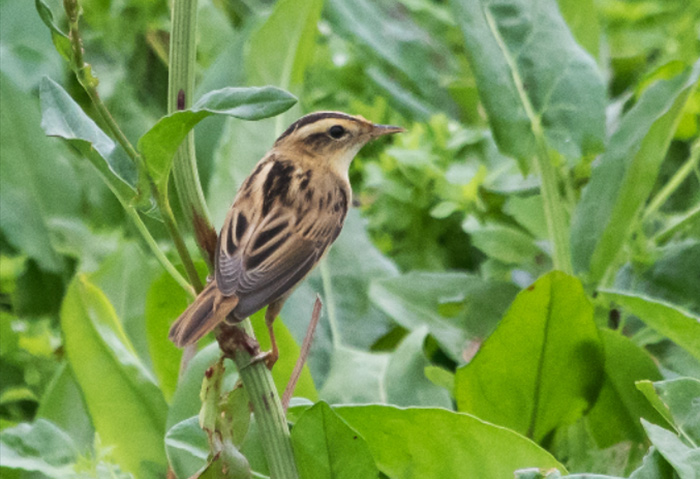
In short, they’re fast becoming an extremely desirable species to find for oneself and, with an historic pattern of distribution that spans the whole length of Britain, one might be stumbled across pretty much anywhere on the south or east coasts. If you’re exceedingly lucky…
August, traditionally, was the peak month for their occurrence. One found this week on the Isle of May (Fife) is an early bird then, but an extremely welcome one. Since being readmitted to the BBRC’s deliberations, we’re mostly looking at one day birds, and often ones found in ringers’ nets. They’re getting to be hard to catch up with; and that seen this week on the Isle of May on 27th-29th is a desirable bird indeed.
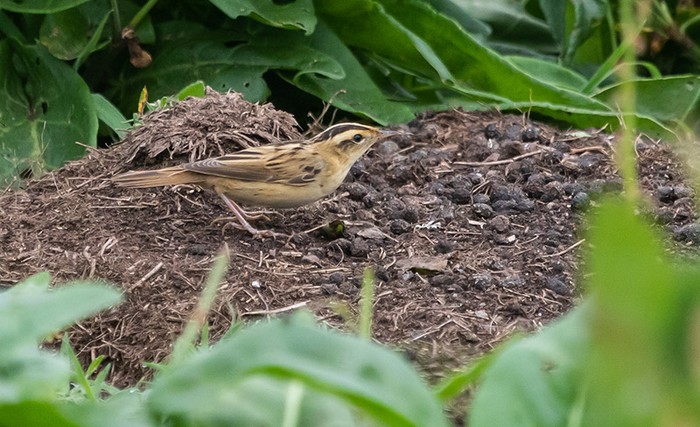
Those of us of the older, grizzled vintage who knew Aquatic Warblers in their heyday may feel nostalgic at best about their current status – but those birders of a newer pressing will surely covet an accessible bird. One at, say, Spurn on a weekend would draw at the very least a modest crowd…
Don’t worry, I’m not about to make a habit of elevating regular passage birds to the headlines, but it would be remiss of us not to note in passing the absolute deluge of Wood Sandpipers that turned up pretty much everywhere this past week.

Obviously the maps speak volumes about just how many birds were involved, and just how widespread they were… but, in a nutshell, I think you’d have been hard-pressed not to find a marsh, reservoir, lake margin or, frankly, a muddy puddle that didn’t have at least one bird at some point in recent days. And not just one or two – there were flocks involved, and proper ones too. Take 28th for example, where no fewer than 110 birds were present in Norfolk at Cley NWT, eclipsing the previous highest count from the site, and the county, of 60 on August 7th 1952. Crazy days of summer indeed.
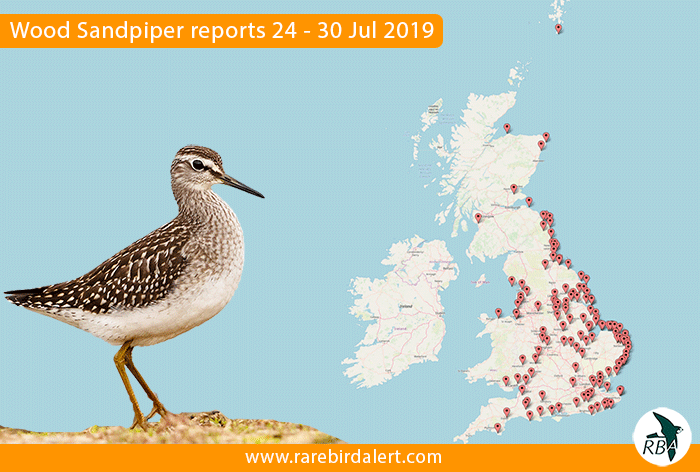
That late summer seabird feeling continued this week with another Wilson’s Petrel logged off Co.Cork – one seen on 28th at sea off Galley Head being the precursor to four more seen from the Scilly pelagic on 30th.
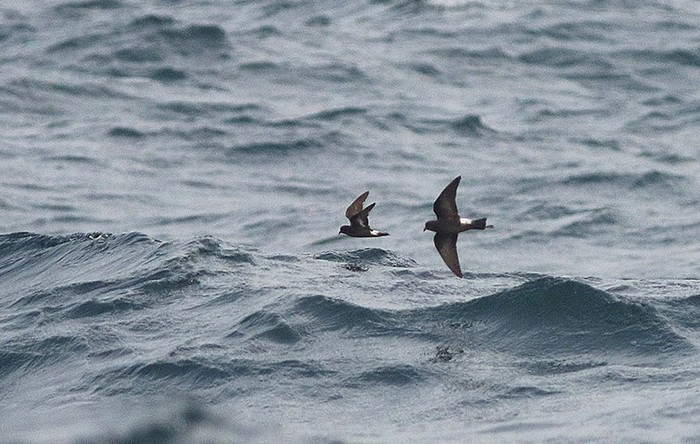
In Scotland, meanwhile, a single Leach’s Petrel was trapped and ringed at Portnockie (Moray) on 27th, followed by three more there the following night. One flirted with the nets but didn’t go in on Fair Isle (Shetland) on 25th. Will there be another Swinhoe’s Petrel logged there this year?
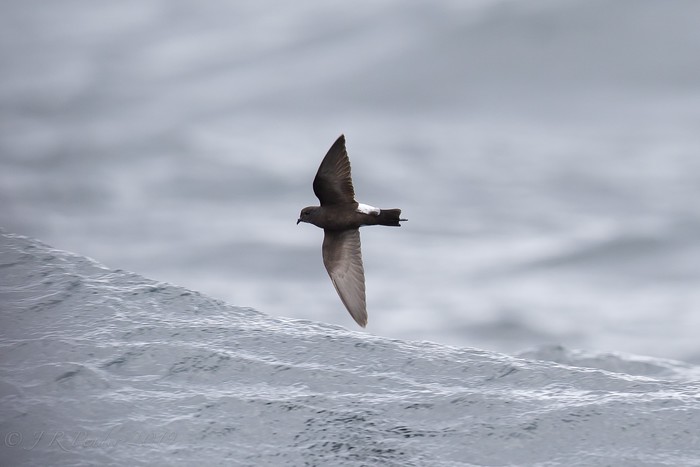
Porthgwarra (Cornwall) accounted for single Cory’s Shearwaters on 24th and 25th; another was seen from Toe Head (Co.Cork ) on 25th; and one more was noted from the Scilly pelagic on 30th.
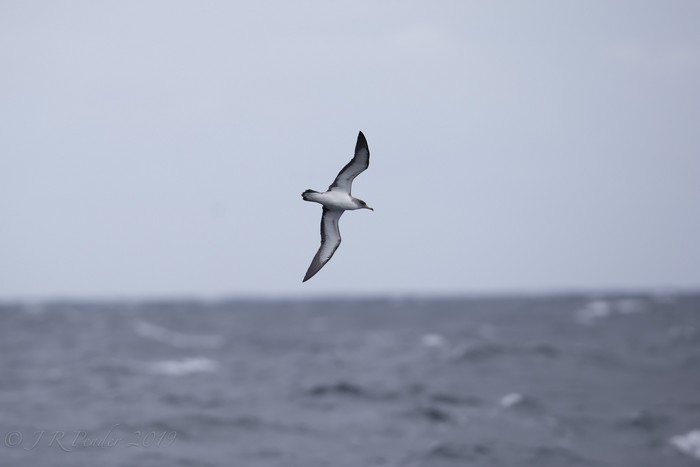
Numbers of Balearic Shearwaters continued to hold fairly steady until 30th, with around 270 birds to that point, with a peak count of some 170 seen at sea off Brixham (Devon) on 28th. While most birds hailed from the southwest, a couple made it into the North Sea – individuals were noted from Long Nab (North Yorkshire) on 24th and Whitburn CP (Co.Durham) on 28th, with two seen off Cley (Norfolk) on 27th. And then, on 30th, all hell broke loose off Devon with a further 654 birds tallied passing Berry Head.
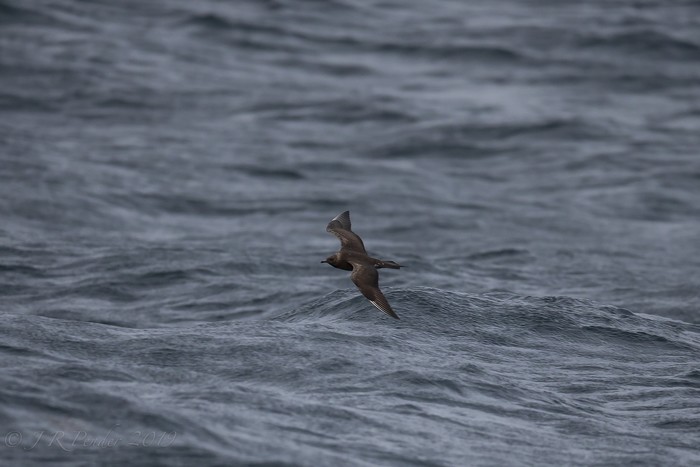
A Long-tailed Skua snuck into the news on 30th, seen that day at North Queensferry (Fife), with another that day from the Scilly pelagic, while a possible Pomarine Skua was seen on 30th also off Hope Cove (Devon).
Quiter times than ever for our long-legged beasties this week, with just a few species of note to report upon. Starting once again with Glossy Ibis, regular birds remained at Newport Wetlands NNR (Gwent) on 25th-29th and at Fremington Pill (Devon) again on 25th-30th. One was seen passing over Rawtenstall (Lancashire) on 25th, while two probable birds were noted in Cornwall over Sladesbridge on 27th.
Purple Herons held onto a summer presence again this week, with a juvenile in Norfolk at Titchwell RSPB on 24th-26th and, latterly, Holme on 26th-27th; one seen coming in off the sea at Gibraltar Point NNR (Lincolnshire) on 24th; and the bird once again in Somerset on the Levels at Shapwick Heath NNR on 25th. On 30th two juveniles, intriguingly, were found in Lincolnshire at Manby Flashes.
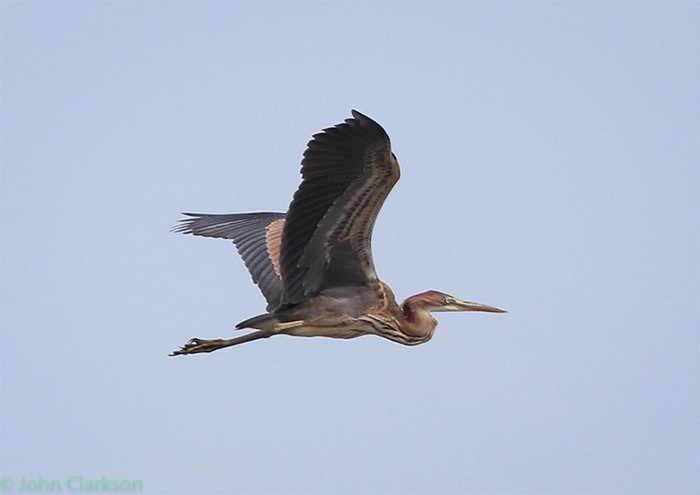
Our non-Norfolk Common Cranes, meanwhile, featured a big count once again from Cambridgeshire where 26 were noted on Nene Washes RSPB on 26th; three birds remained this week on the Ythan estuary (Aberdeenshire) on 25th-29th; one was seen at Widdrington Moor Lake (Northumberland) on 24th; and, on 30th, two birds passed over Gibraltar Point NNR (Lincolnshire). A further bird, seen recently at Otterburn (Northumberland), remained there on 30th.
Blink and you’d almost miss our quackers this week, so few of them were there and so irregular their appearances in the daily news…
The latest drake Ferruginous Duck remained for another week at Pett Level (East Sussex) on 24th-30th; while in Essex the long-staying drake Ring-necked Duck surfaced again at Abberton reservoir on 28th.
In Scotland, the drake Blue-winged Teal remained on Frankfield Loch (Clyde) on 25th-28th, while the drake Black Duck was still to be found at Strontian (Highland) on 26th.
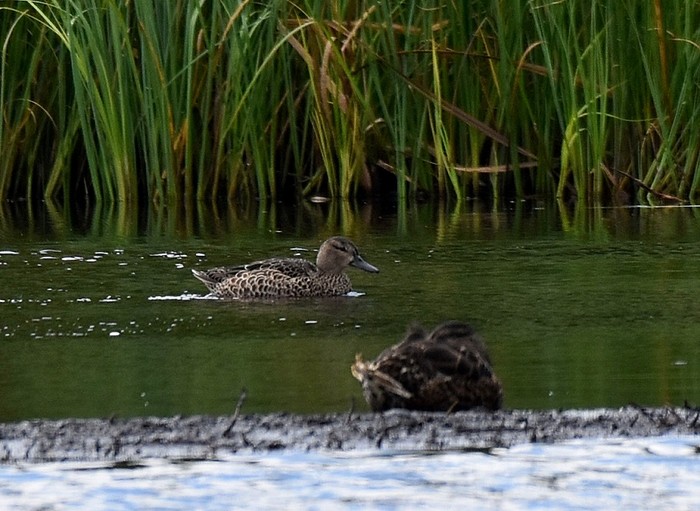
Finally, a drake Surf Scoter was still present off Musselburgh (Lothian) on 24th; and two more individuals were found in the evening of 30th at Sullom Voe (Shetland).
We’ll start the smorgasbord that’s our shorebirds section this week with Pacific Golden Plovers - the recent adult remained on Holy island (Northumberland) on 24th-29th, while another was found on Orkney’s resurgent Westray on 28th; and further possibles were seen at Potter Heigham Marshes (Norfolk) on 24th and Wareham (Dorset) on 29th.
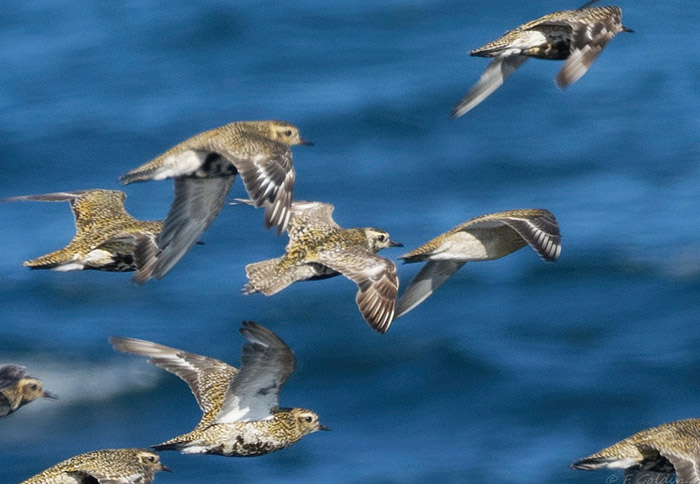
One of the two recent adult White-rumped Sandpipers remained in Lincolnshire at Frampton Marsh RSPB until 27th, while it or another bird was seen on 28th at Freiston Shore RSPB also, with two birds present at the latter site on 30th. On 29th one was seen in East Yorkshire briefly at Kilnsea Wetlands, before being logged there again late on 30th.
Four Pectoral Sandpipers were again noted this week – one remained in Lancashire at Leighton Moss RSPB on 25th; another was reported on 25th from Rutland Water (Leicestershire); and final birds were, in Essex, one noted on 28th briefly at Hanningfield reservoir and, on 29th, one seen at Old Hall Marshes RSPB.
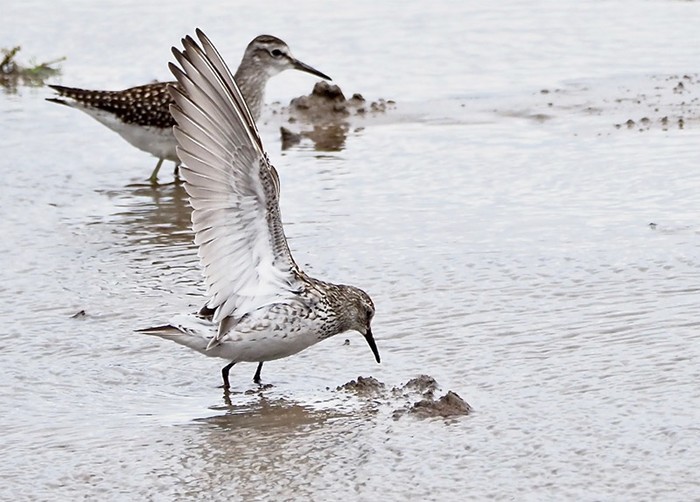
Returning to Frampton Marsh RSPB, the adult Long-billed Dowitcher remained a presence on 24th-30th; and Freiston Shore RSPB also hosted a Red-necked Phalarope on 24th. A further Long-billed Dowitcher was seen on 30th at Lough Beg (Co.Derry).
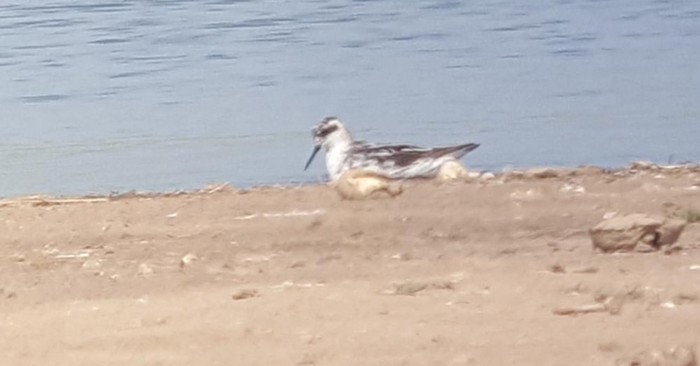
In Kent, the adult Lesser Yellowlegs remained settled at Oare Marshes KWT on 24th-28th, with a final possible report of it still present on 29th too.
Boldon Flats NR (Co.Durham) landed a Temminck’s Stint on 26th-29th; two birds were seen at Dungeness (Kent) on 27th; and, on 29th-30th, one was present in Lincolnshire at Middlemarsh Wetlands.
Back to Kent to kick off the gulls, and there we find the adult Bonaparte’s Gull still present at Oare Marshes on 24th-30th.
Other than that, however, and gulls remained in fairly short supply once more this week. An Iceland Gull in Shetland near Brae on 27th bucked that trend a little.
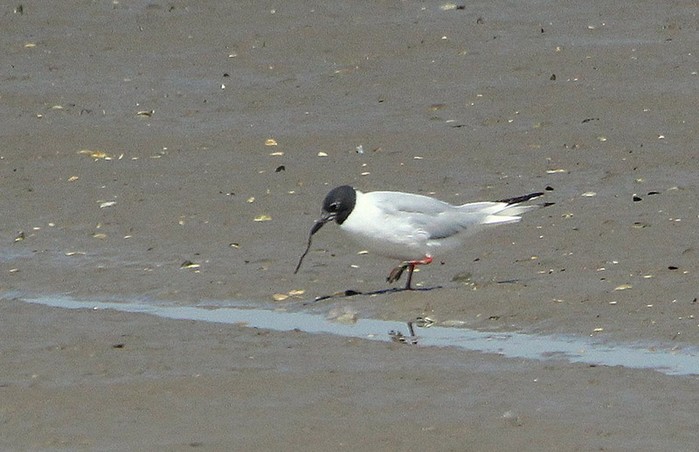
However, terns weren’t letting us down this week. The adult Forster’s Tern remained in Co.Louth at Soldier’s Point on 25th and Annagassan on 26th; and a Gull-billed Tern was seen in Aberdeenshire’s Inverbervie on 25th, followed in the county by further sightings on 30th at Cruden Bay and Peterhead. (Another probable individual of the latter species was seen heading out to sea over Pennington Marshes (Hampshire) on 24th).
Aberdeenshire also landed a White-winged Black Tern in the mouth of the Ythan estuary on 28th; and a further example was seen on 28th-29th further south, at East Chevington NWT (Northumberland).

Our raptors begin with the traditional midsummer ifs buts and maybes – an unconfirmed report of a Black Kite over Coventry (Warwickshire) on 25th was followed by, in Surrey, probable birds near Virginia Water and over Juniper Hall on 27th.
The week closed with an unconfirmed report of a possible Eleonora’s Falcon seen on 30th over Lower Moors on St Mary’s (Scilly). As I’ve been predicting somesuch news for weeks now, that’s not entirely a surprise – but of course, we all keep everything firmly crossed that, this time, the news coalesces into something a little more concrete.
Much more substantial news in every sense came from Northumberland where, on 26th, an immature White-tailed Eagle was seen in Harthorpe Valley.
Finally, the female Snowy Owl remained on St Kilda (Western Isles) on 25th, while another was seen in Co.Kerry near Ventry on 26th.
Headline birds notwithstanding, there actually was a little more variety and substance to our passerine offerings this week as winds wafting in from Scandinavia ushered in a few odds and sods that alleviated the late summer blues for their lucky observers.
Shetland was blessed with the week’s biggest, literally if not figuratively, warbler news on Unst on 27th, with the finding of a Great Reed Warbler at Burrafirth.
A couple of early Icterine Warblers also filtered in on 28th – individuals found on Fair Isle (Shetland) and at Filey (North Yorkshire); both remained to 29th, with an additional bird at Filey and one of that duo trapped and ringed for good measure. Spurn (East Yorkshire) enjoyed a bird on 29th too.
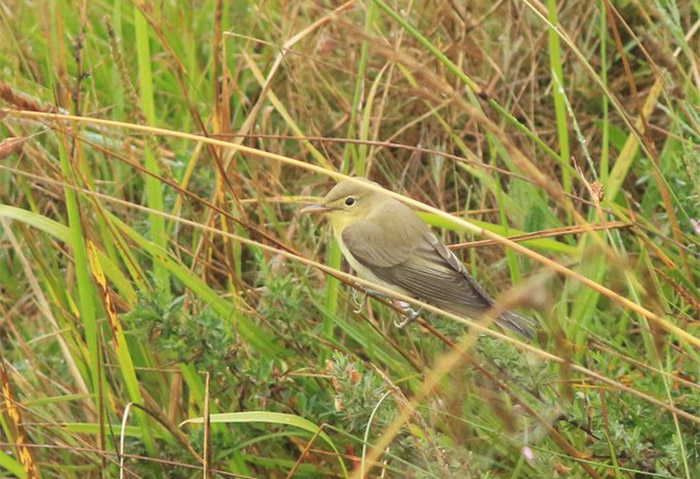
Fair Isle also recorded a Marsh Warbler on 29th. Autumn is under way…
Meanwhile, on Anglesey, the Savi’s Warbler remained on territory at Cors Ddyga RSPB 24th-25th.
A Bee-eater was noted on 25th over St Abb’s Head (Borders).
In Northamptonshire, a possible Citrine Wagtail at Stanwick GPs on 28th remained frustratingly distant and elusive.
Shetland’s Unst held onto a Rose-coloured Starling on 25th; further birds were seen this week in Shetland at Brae on 27th and, on 25th, at Lybster (Highland).
Apart from a certain Aquatic Warbler, the Isle of May (Fife) also sported a Common Rosefinch on 28th, trapped and ringed there.
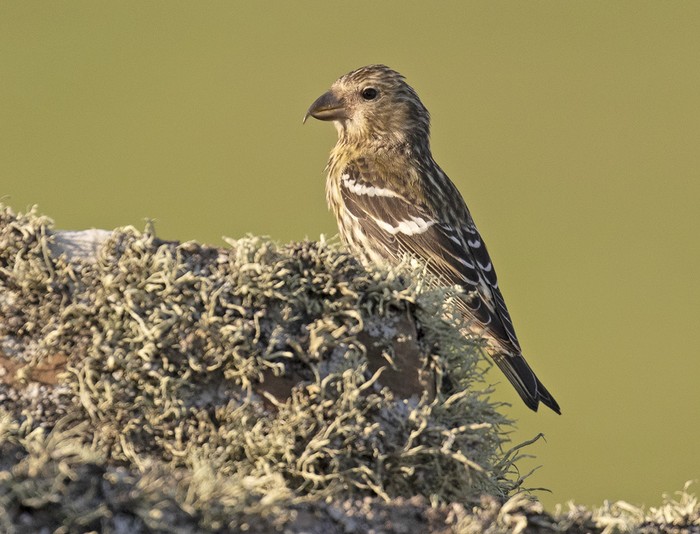
In a shadow of their former recent glory, three Two-barred Crossbills were found this week – one passing over Titchwell RSPB (Norfolk) on 28th; another, on the same day, in a Pool of Virkie (Shetland) garden; and finally, on 30th, a male was found in Shetland at Aith.
And finally, we could hardly end the British and Irish news without an honourable mention of the two juvenile Choughs that were found, well inland and away from the nearest breeding birds, in the Malvern Hills on Worcestershire / Herefordshire border at Herefordshire Beacon on 27th-30th. A truly exceptional county tick for all concerned.
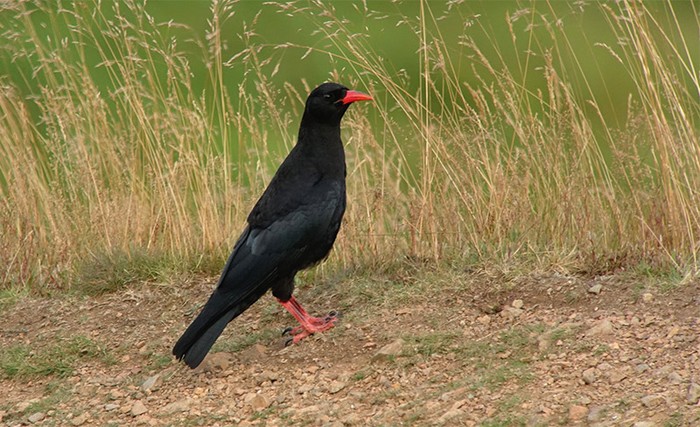
It’s back to Norway, with a certain inevitability, this week where a Red-necked Stint at Reve on 27th was arguably one of the more arresting overseas arrivals in recent days. What is it about Norway in 2019?
Not a million miles away, Sweden landed a Alpine Accentor on Gotland on 25th-29th. One of those bad boys wouldn’t go astray in Britain in the week to come.
Nor too would a Great Black-headed Gull - one was found this week in Poland at Siemianowka reservoir on 25th.
France retained both the Western Reef Heron at Hyeres on 28th still, and Elegant Tern again at Polder de Sebastopol on 28th.
Germany’s recent Stilt Sandpiper remained on 24th at Wapeler Groden.
Iceland meanwhile held onto the recent Greater Sand Plover at Hvalsnes on 24th.
The first week of August is not, if we’re perfectly honest, renowned for its rarity-laden potential. What might we expect?
Starting at sea, a Wilson’s Petrel is a given; a Fea’s-type Petrel a strong possibility.
On the wader front, White-rumped Sandpiper seems a good call for a self-find tick for the dedicated patch-watcher – more outside chances rest with Semipalmated Sandpiper, Lesser Yellowlegs and Pacific Golden Plover - the latter already having a decent recent run in the past fortnight.
For an outside chance of a surprise passerine, look no further than Black-headed Bunting - six past records for the coming week suggest one could, if you’re lucky, be yours.
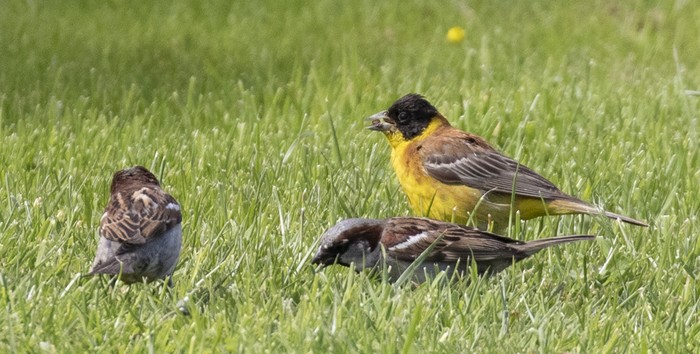
Jon Dunn
31 July 2019
Many thanks to all contributors for their photos and videos this week.
Share this story





